Regarding installing a subfloor, precision and accuracy are key. Subfloor screw spacing is an essential element of the installation process that is often overlooked or underestimated.
In fact, improper subfloor-screw spacing can lead to squeaky and uneven floors, causing major headaches for homeowners. That’s why it’s crucial to understand the proper spacing of subfloor screws and follow guidelines to ensure a successful installation.
The subfloor-screw spacing provides a comprehensive overview of everything you need about this critical installation process. We cover everything from the importance of subfloor screw-spacing to the different types of screws and spacing options available.
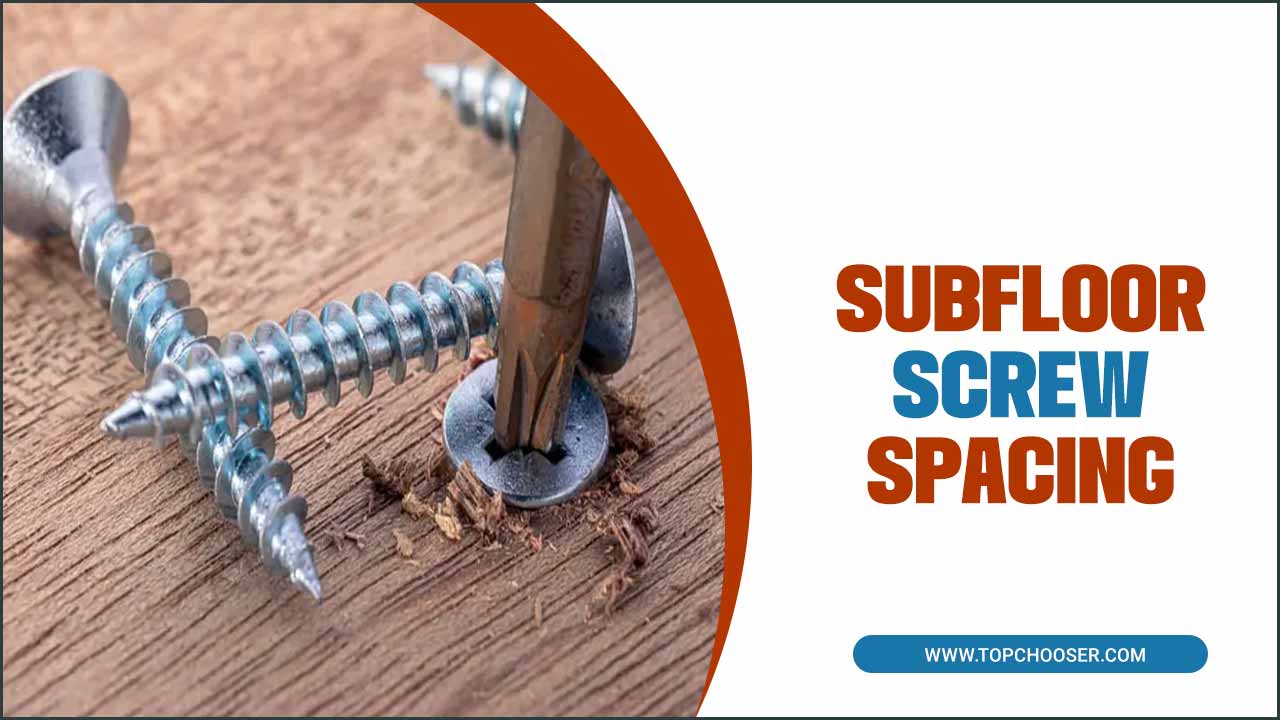
Types Of Subfloor Screws
Regarding subflooring, different types of screws can be handy for a secure and durable installation. Construction screws are specifically designed for subfloor applications and offer high pull-out strength. Deck screws, although not intended for subflooring, can be used in certain situations. However, drywall screws are not recommended due to their lower strength and potential for corrosion.
Structural screws, on the other hand, are heavy-duty screws that are ideal for subflooring with their high load-bearing capacity and corrosion resistance. Collated screws can be used with power tools for faster installation, although they may not suit all subflooring materials.
What’s The Right Subfloor Screw Spacing For Plywood Floor Support?
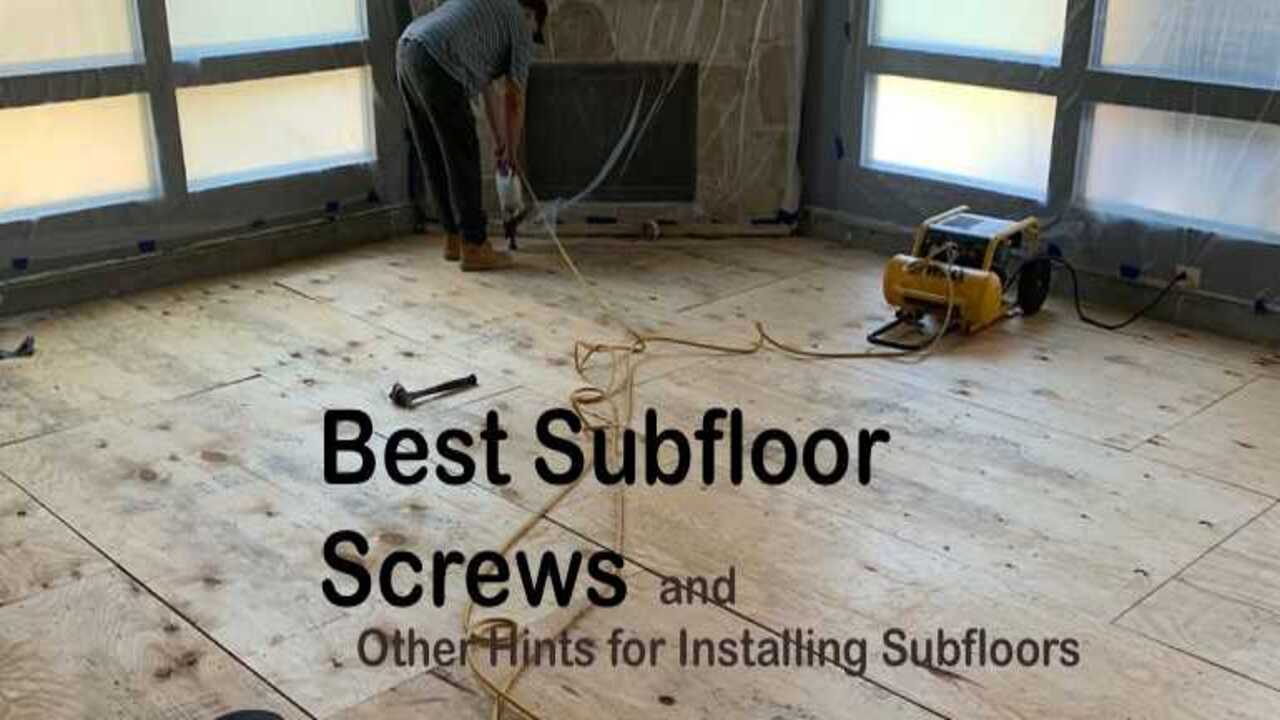
The right subfloor screw spacing for plywood floor support is typically 6 to 8 inches along the edges and every 12 to 16 inches in the field. This spacing ensures that the subfloor is securely fastened to the floor joists, providing stability and preventing squeaks or movement.
It is important to follow manufacturer guidelines and local building codes when determining the specific screw spacing for your project, as requirements may vary depending on factors such as subfloor thickness and joist spacing. By properly spacing the screws, you can ensure a strong and durable plywood floor that will stand up to everyday use.
Selecting The Right Subfloor Screws
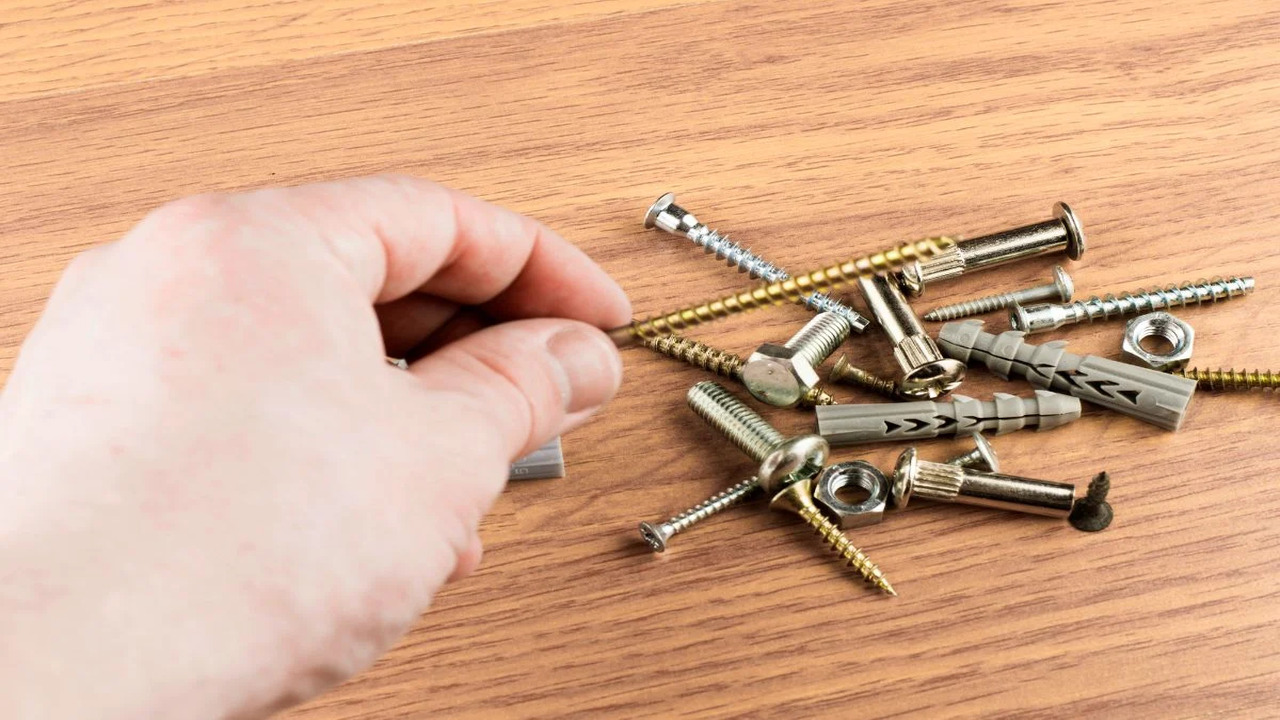
When selecting the right subfloor screws, there are several factors to consider. First, you need to determine the type and thickness of your subfloor in order to choose the appropriate screw length and diameter. It’s also important to consider the spacing requirements specified by building codes and manufacturer recommendations.
Using corrosion-resistant screws is essential to prevent rust and deterioration over time. You’ll also want to select a screw type compatible with your subfloor material, such as drywall screws for plywood subfloors or concrete screws for concrete subfloors. Proper alignment and spacing of screws are crucial for a secure and even subfloor installation. Consider using adhesive in conjunction with screws to enhance stability and durability further.
Factors To Consider When Choosing Subfloor Screws
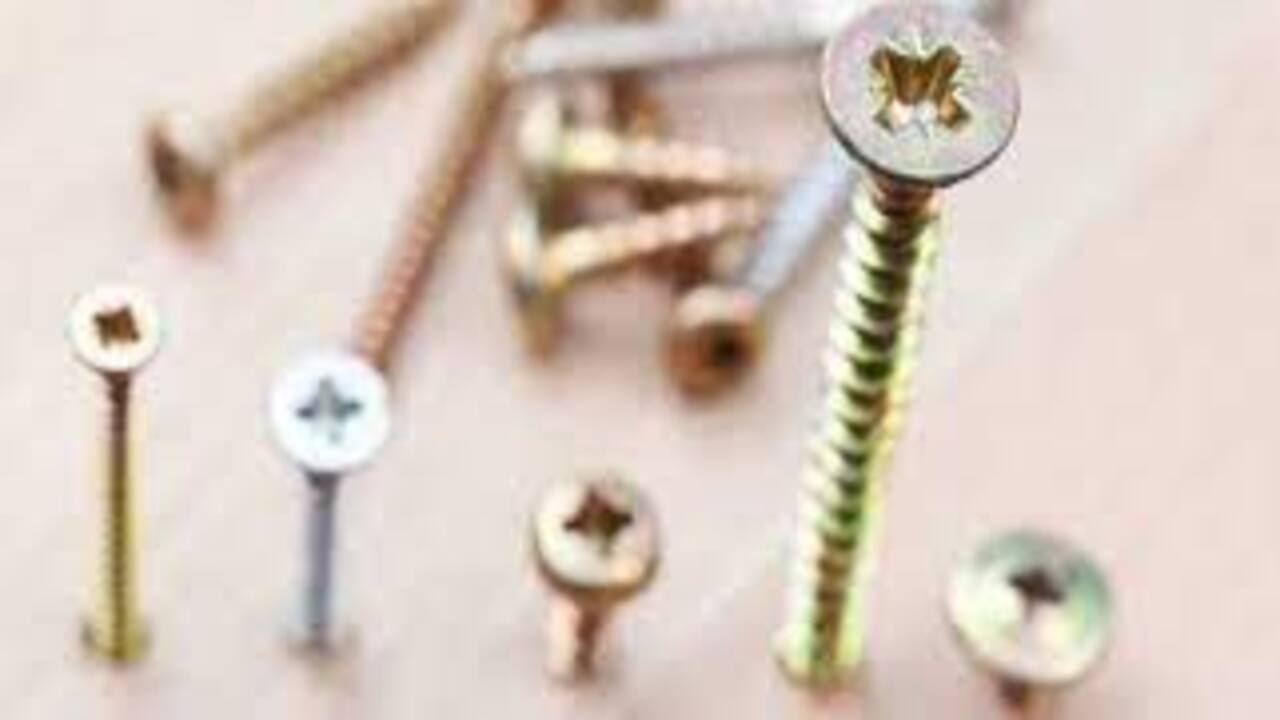
When choosing subfloor screws, there are several factors to consider. First and foremost, the length of the screws should be appropriate for the thickness of the subfloor material. This ensures a secure attachment and prevents any potential issues with the flooring.
The coating on the screws is also crucial, as it should be corrosion-resistant to prevent rust and deterioration over time. The thread type and pitch also significantly provide a strong grip and secure attachment to the subfloor. Using self-drilling screws can make installation easier and reduce the risk of splitting the subfloor material. Finally, choosing screws with a wide and flat head is important to prevent them from sinking into the subfloor.
Screw Sizes And Their Importance
Choosing the right screw size is crucial for subfloor installation as it directly impacts the strength and stability of the floor. Using the wrong screw size can result in loose or squeaky floors, compromising durability. It’s essential to select screws that are long enough to penetrate the subfloor and secure it to the joists effectively.
Screws that are too short may not provide enough grip, leading to an unstable subfloor. To determine the appropriate screw size for your specific subflooring materials, consult manufacturer guidelines and local building codes.
The Art Of Installing Subfloors Using Screws
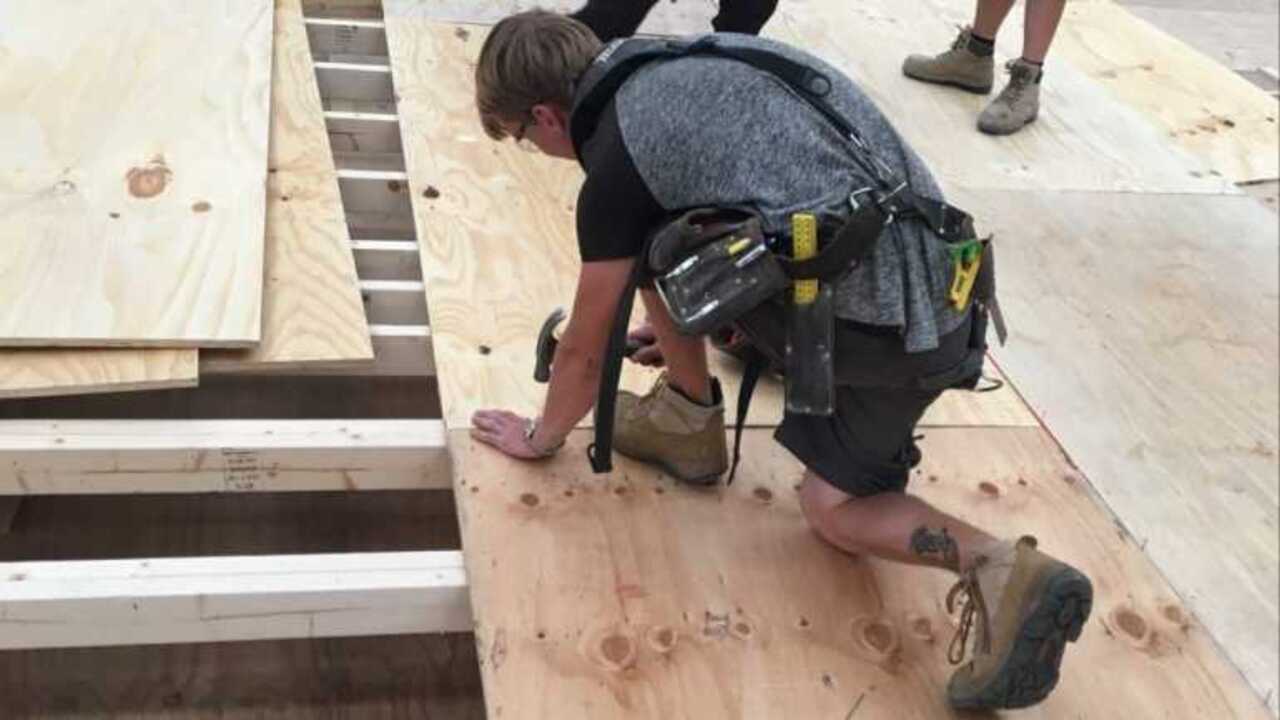
Properly installing subfloors using screws is an art that requires attention to detail and careful consideration. One crucial aspect to understand is the importance of subfloor screw spacing. This factor plays a significant role in ensuring a stable and durable foundation for your flooring.
The appropriate screw spacing depends on the type of subfloor material and its thickness. You can achieve optimal results by measuring and marking the screw spacing accurately. Additionally, choosing the right screws for subfloor installation, such as zinc or stainless steel screws, is essential for durability and preventing squeaky floors. Following step-by-step instructions for installing screws at the recommended spacing will help you create a beautiful floor that stands the test of time.
Proper Screw Placement In Subfloor Panels
Proper placement of screws in subfloor panels is crucial for ensuring stability and preventing squeaky floors. To achieve maximum strength, it is recommended to place screws at least 6 inches away from the edges of the panels. Maintaining a consistent spacing of 6 to 8 inches between screws along the edges and within the field is also important.
Additionally, using more screws near seams and joints is advisable to prevent any movement or shifting. Lastly, following the manufacturer’s recommended screw length based on the subfloor thickness is essential for a successful installation.
Common Mistakes To Avoid When Installing Subfloors
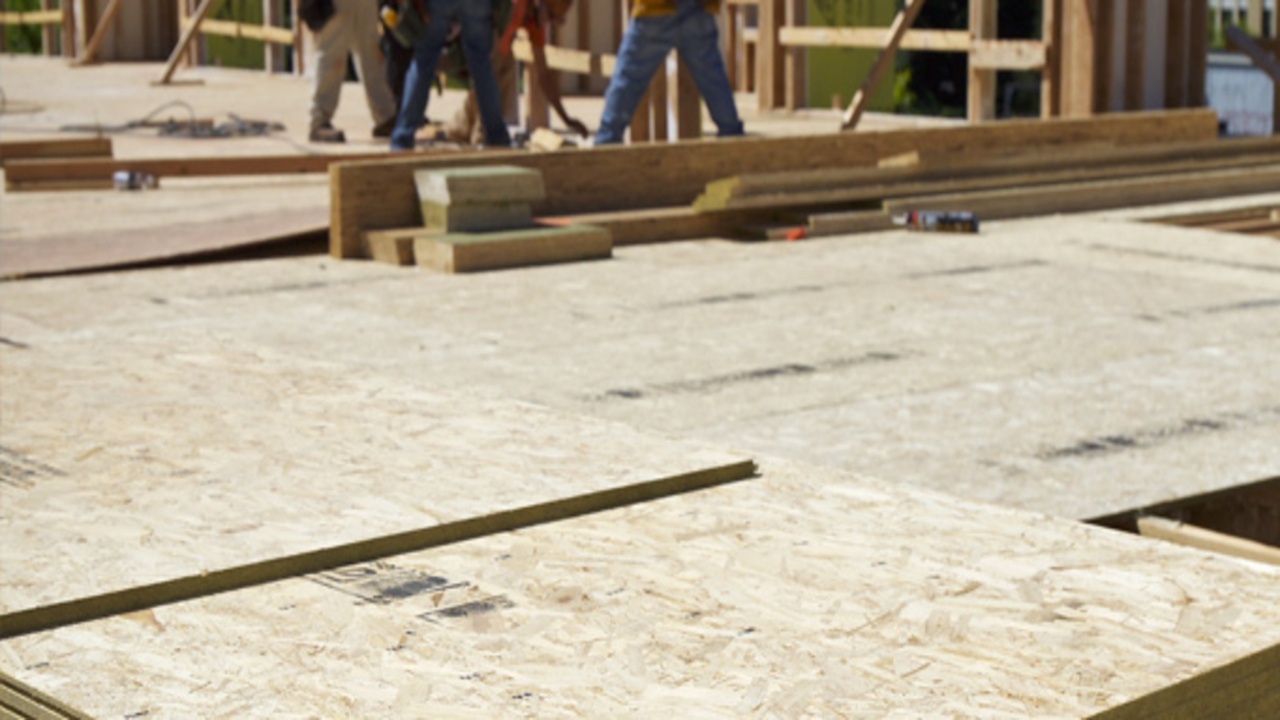
When installing subfloors, it is important to avoid common mistakes that can lead to potential issues. One mistake to avoid is using screws that are too long, as they can penetrate through the subfloor and cause damage.
Additionally, proper spacing of screws is crucial for stability and preventing squeaky floors. Be cautious not to over-tighten screws, as this can result in warping and unevenness. Choose the right type of screws, such as deck or subfloor screws, and ensure all areas are properly secured to maintain the strength and durability of the subfloor.
Exploring Other Screw Options For Subfloors
Regarding securing subfloors, there are various screw options to consider. Traditional wood screws are commonly handy and provide reliable strength. Collated screws offer increased speed and efficiency because they can be quickly loaded into a screw gun. Self-drilling screws have the advantage of reduced labor and improved holding power.
Specialty screws, such as cement board screws or those for moisture-resistant subfloors, are designed for specific materials or conditions. It’s important to follow screw spacing guidelines to ensure a secure and stable subfloor installation.
The Pros And Cons Of Using Deck Screws On Subfloor
Using deck screws on subflooring has its pros and cons. These screws offer superior holding power and are less likely to loosen over time. However, they can be more expensive than traditional subfloor screws.
It’s important to note that deck screws may require pre-drilling to prevent splitting the subfloor, and their larger heads can be more visible once installed. Ultimately, the choice between deck screws and subfloor screws depends on the project’s specific needs.
Why Drywall Screws May Not Be Ideal For Subfloor
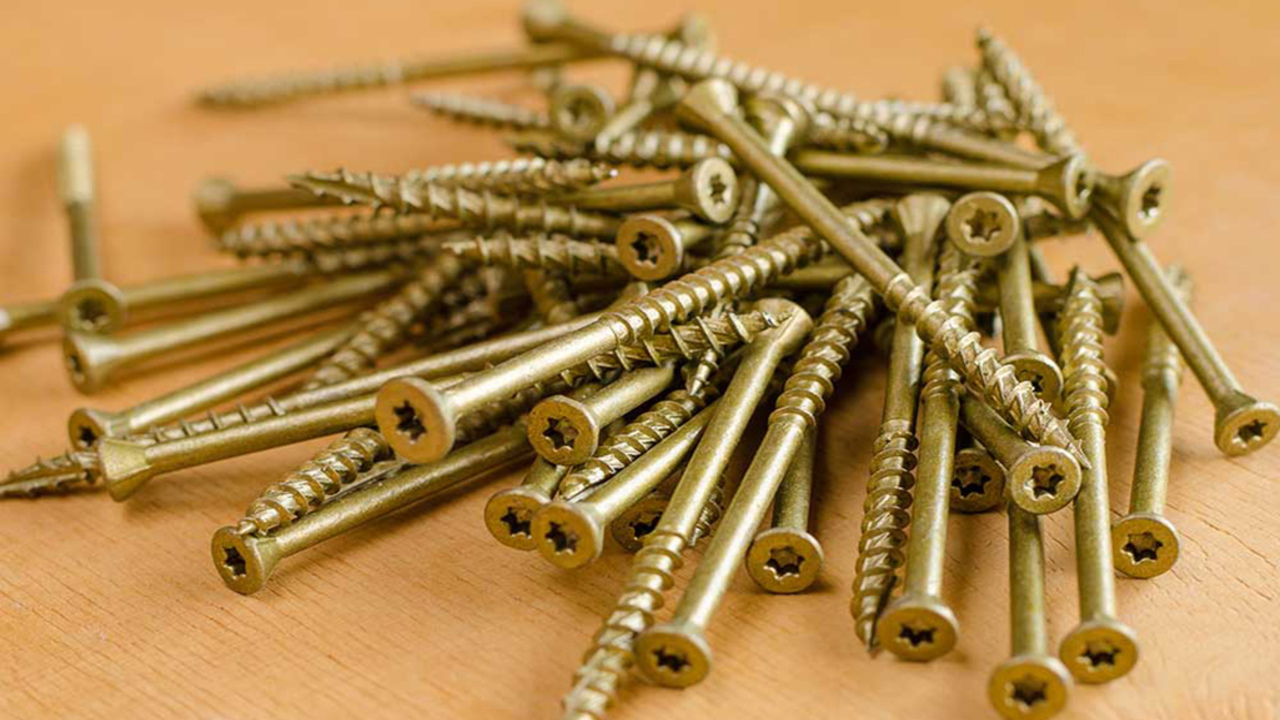
Drywall screws may not possess the strength and durability required for subfloor installations. Additionally, they may lack appropriate corrosion resistance, making them unsuitable for subfloor applications. Utilizing drywall screws for subflooring can compromise the stability and longevity of the floor structure.
Furthermore, these screws may not offer the essential holding power to secure subfloor materials effectively. To ensure a successful subfloor installation, we recommend using specialized screws specifically designed for this purpose.
Conclusion
selecting the right subfloor screw spacing and understanding proper screw placement is crucial for a successful installation. Factors such as screw size and the number of screws needed for each panel play a significant role in ensuring the stability and durability of your subfloor.
While deck screws may seem convenient, it’s important to consider their pros and cons before deciding. Similarly, drywall screws may not be ideal for subfloors due to their design and structural limitations. Choosing the right type of subfloor screws will help you achieve a reliable and long-lasting flooring foundation. Remember to consult with experts or professionals to ensure that you make the best choices for your specific project.
Frequently Asked Questions
[rank_math_rich_snippet id=”s-7d0f1bdc-c42d-40a8-9d73-db862a493f60″]

I am passionate about home engineering. I specialize in designing, installing, and maintaining heating, ventilation, and air conditioning systems. My goal is to help people stay comfortable in their homes all year long.
